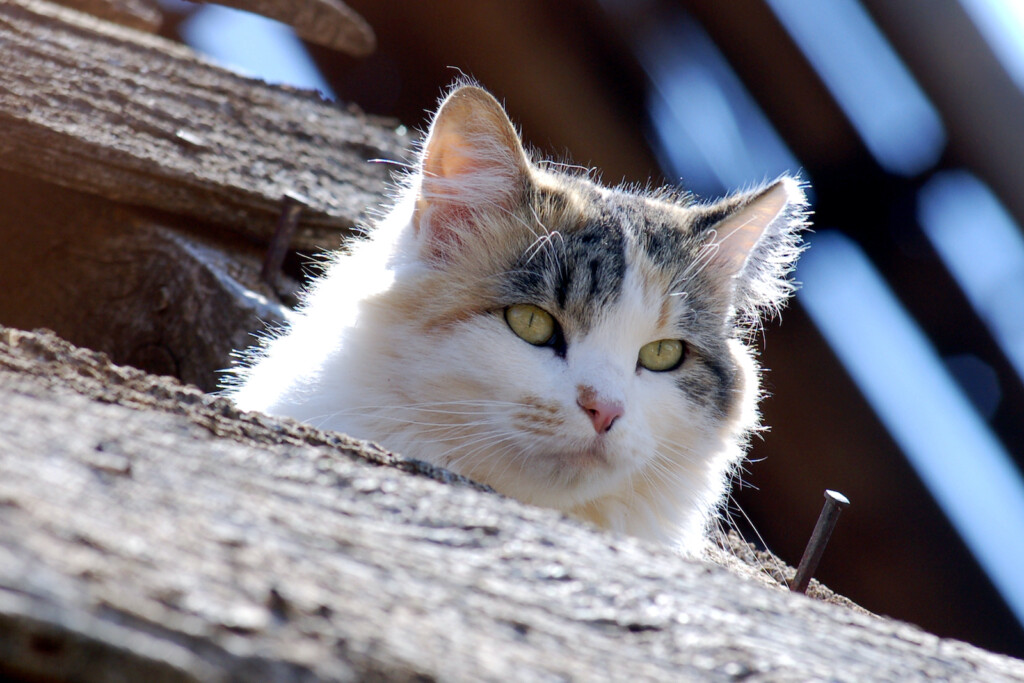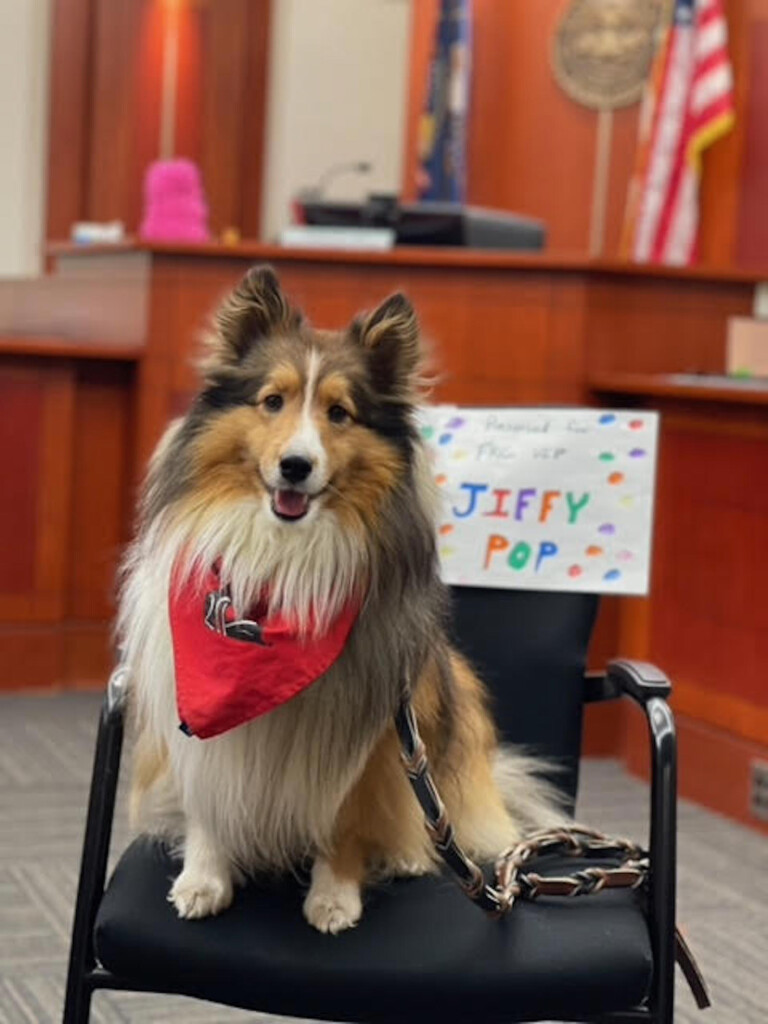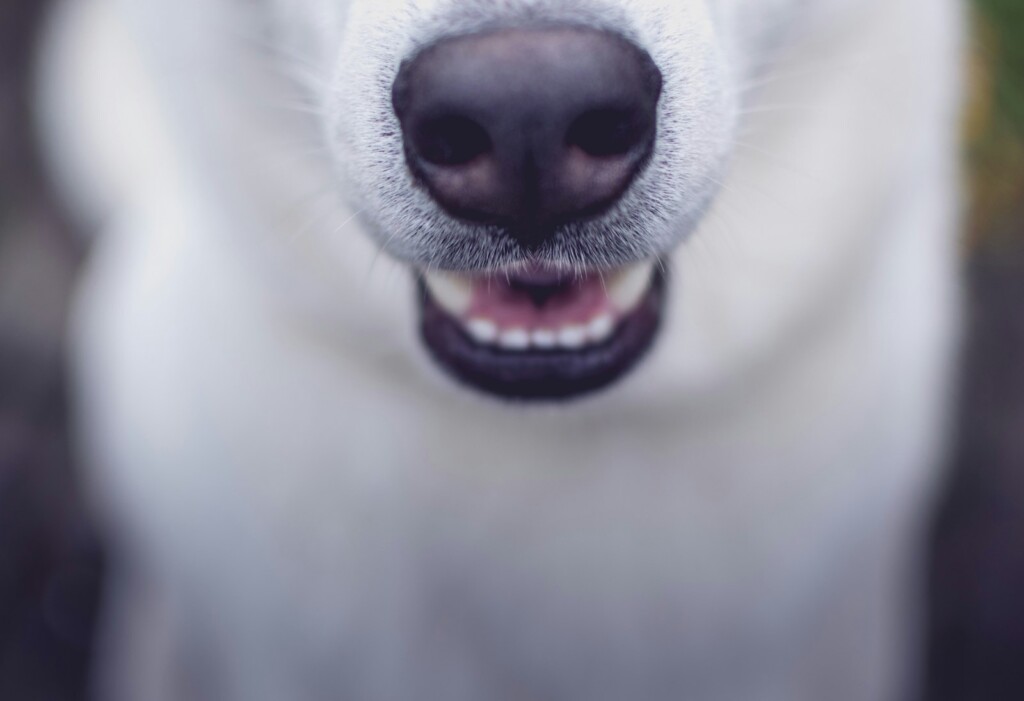The sad plight of feral cats, especially in the winter, can be heartbreaking. Left to fend for themselves, cold, hungry, and without shelter, many of them don’t survive. But Best Friends Animal Society is doing their part to combat this problem through their barn cat program.
“The barn cat program, also known as the working cats program, essentially utilizes cats that can’t be returned to their original colony to help with pest control,” said Patrick Theobald, Best Friends Animal Society’s community engagement manager.
“Our ultimate goal in taking in outdoor cats is to trap, neuter, vaccinate, and return them to their original colonies,” he explains. “For those cats who cannot be returned to their original colonies for whatever reason, we have found that they have great success as barn cats.”
Best Friends Animal Society is very much founded on the Golden Rule https://utahstories.com/2015/04/best-friends-animal-society/— do unto others as you would have them do unto you,” said Theobald. “In the eighties, more than 17 million animals were losing their lives in animal shelters. The main goal of the Best Friends Animal Society was to get animal shelters in America to the point where every animal who is able to get a second chance gets that second chance.”
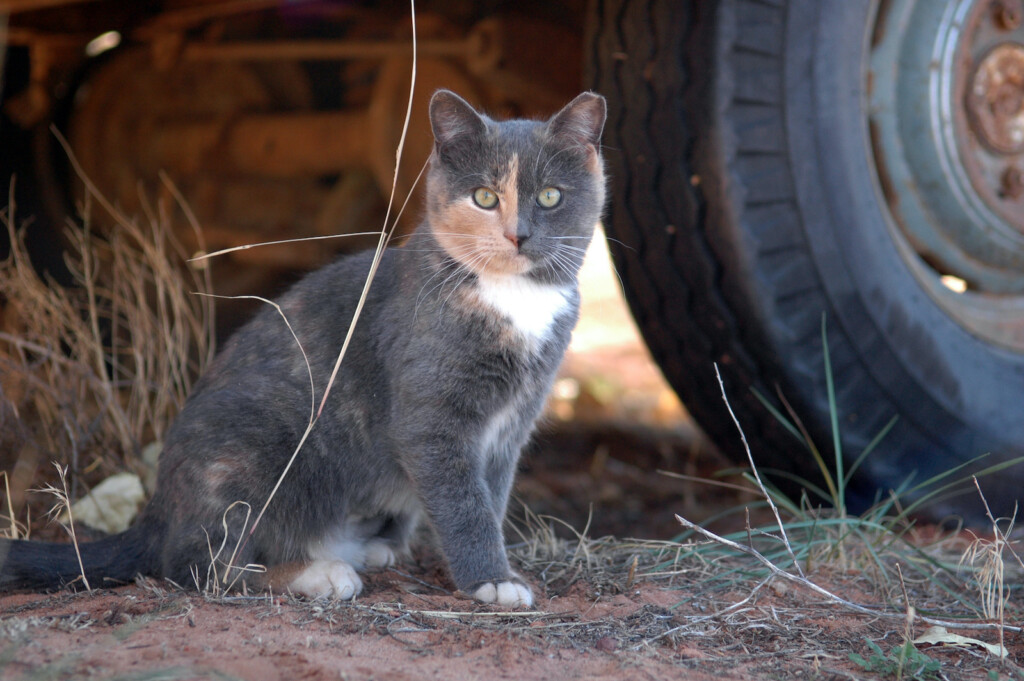
Best Friends now gathers data from thousands of animal shelters around the country to assess the progress regarding their no-kill initiative. In 2022, approximately 360,000 animals lost their lives in shelters, and the goal is to reach no-kill status by 2025. The barn cat program was created to help close this gap that is keeping shelters from reaching no-kill status.
“Barn cats are different from community cats because we place them at farms, in backyards and other areas as natural pest control,” said Best Friends Animal Society marketing specialist Jaimi Haig. “They are waiting at shelters to be placed this way or they will be put down.”
Those that are not adopted may lose their lives in the shelter.
“These cats are creating a gap in our no-kill progress across the state, and we really need to let people know what they are, and how to get the word out to folks that need natural pest control so we can save them,” said Haig.
The cats being used for the barn cats program come from colonies of outdoor cats. These cats would not make ideal indoor animals.
“These cats aren’t comfortable being house pets,” said Theobald. “They may not trust people and they may not be comfortable indoors. A lot of times there is the hope that if they are rescued from outside and dropped off at a shelter they’ll get adopted and become house pets, but that doesn’t really end up happening.”
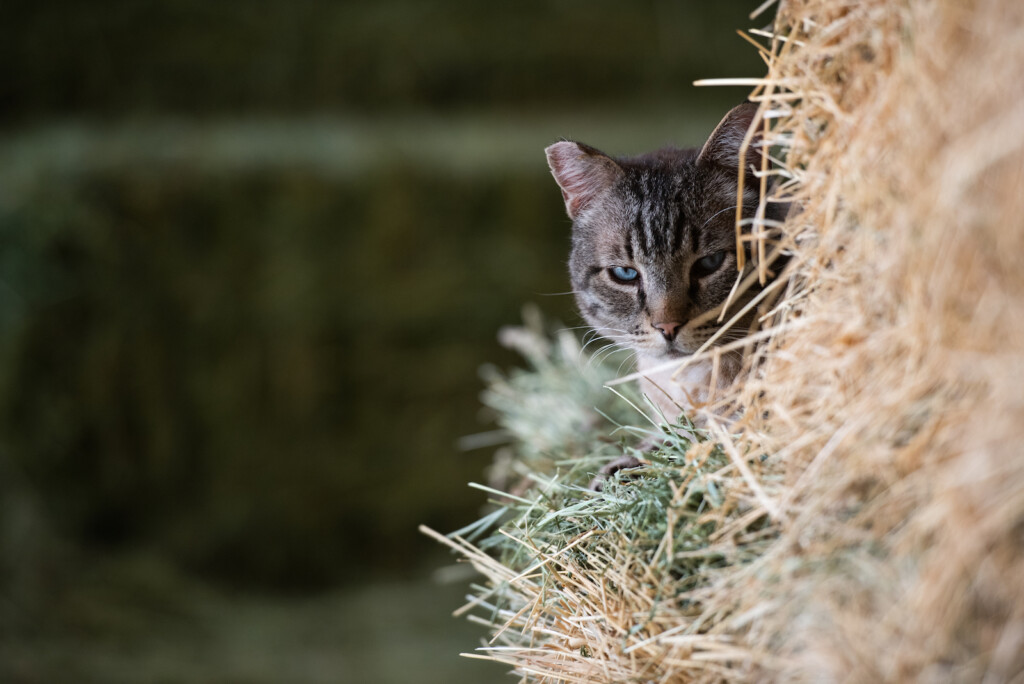
One barn cat, Leopold, who was adopted through Best Friends, is currently thriving at Horse Haven in Southern Utah.
“Leopold just seems totally chilled and relaxed,” said Jen Reid, manager of Horse Haven.
Leopold has made himself at home roaming Horse Haven. He has set up shop in the hay room, which is large and secluded, giving him the space he needs while remaining safe from other ailments.
“He’s doing his job well, including other duties as assigned,” said Reid.
Best Friends educates local shelters all over the country on best practices relating to animal sheltering, diversion programs, and initiatives like the barn cat program.
“This program is an off-shoot of the community cat program,” said Theobald. “The main goal is to manage populations in the state to the point that they are as low as possible. We do believe every cat should live indoors, but the reality is that wherever there are people there will be cats. We want all of these community cats to have the most positive outcome.”
Barn cats are beneficial for those looking to get rid of rodents or pests in their backyard, barn, or stable, and who live in a relatively safe place, free from major roadways and potential predators.
“The benefit of getting a barn cat versus just taking free-living cats is that they are already fixed, vaccinated, and healthy,” said Theobald. “Cats can reproduce very quickly in good conditions, and if we’re not looking after these cats and controlling their populations by neutering them, they can very quickly overpopulate. That is bad for the cats and the area.”
Theobald says the cats are more effective when adopted in pairs.
“We try to always place barn cats in at least pairs so they have a friend to spend time with,” he said. “It is generally more effective if you place more than one cat. Typically, if you just place one cat, they’ll wander looking for friends.”
Best Friends Animal Society is seeing great success in this program where it is being implemented, thanks to the education they provide to local shelters across the country.
“We used to place more than 20 cats per month with Best Friends alone,” said Theobald. “But we, ourselves, have had fewer cat placements lately because the community is embracing this idea. We want to see other groups help in this effort. This has been a direct result of the education given to local shelters from Best Friends Society. We are looking to be more of a community mentor and we want to teach them the best way to take care of these cats. That’s a huge part of what we do.”
To adopt a barn cat, which is fee-waived through Best Friends’ barn cat program, visit their website.
Feature Image: When caught feral cats are spayed or neutered, and have their ears tipped to identify them. All images courtesy of Best Friends Animal Society.

